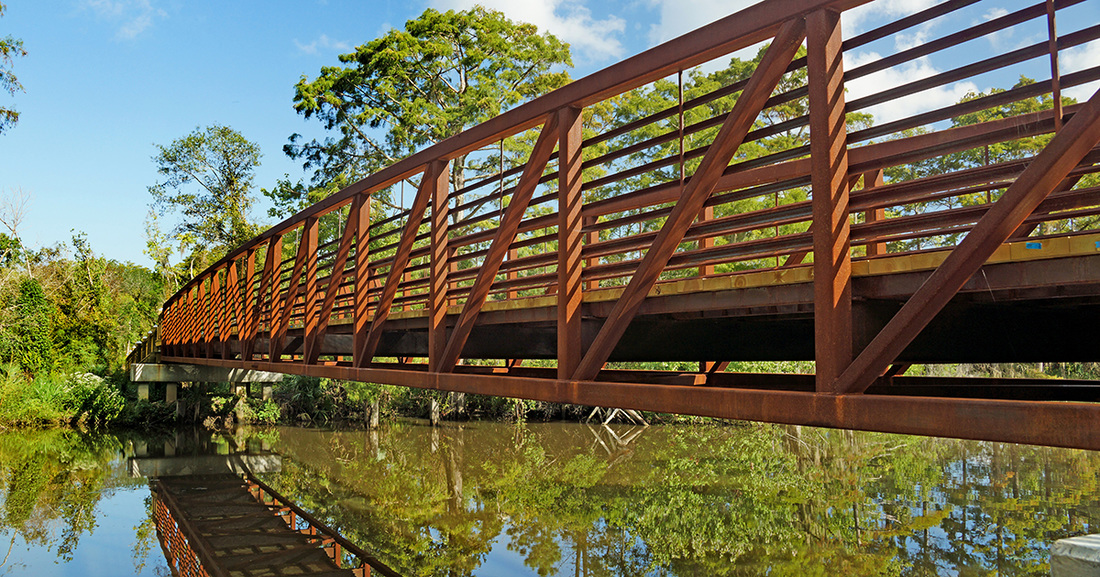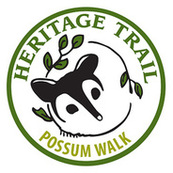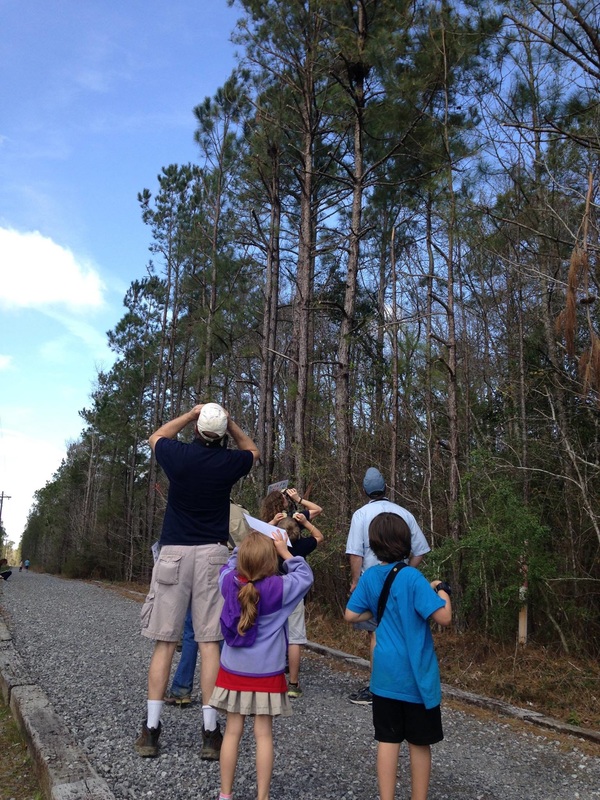New Boardwalks and Tram Tours at INFINITY Science Center
|
|
This month, the INFINITY Science Center opens both a 1500-foot swamp boardwalk and a seven-mile guided tram experience down the Possum Walk Trail as the four-year-old museum continues to phase in new Earth and environment content alongside its space artifacts.
The two projects are just the first of many new nature spaces and Earth science exhibits funded by BP oil spill money. Exhibits on hurricanes, carnivorous plants and wetlands are scheduled to open in late spring and midsummer, followed by a digital theater and four new permanent exhibits next year. “If you thought we were just a space museum, boy, are you going to be surprised!” said John Wilson, INFINITY’s executive director. “There’s so much more. Sure we’re the official visitor center for NASA, but we share a similar role explaining the Earth science research and exploration conducted at Stennis by NOAA, the EPA, the U.S. Navy, the EPA, and others. |
Beach to Bayou
|
Called the Biome Boardwalk, INFINITY's analemma-shaped, 1500-foot walkway circles over lowland grasslands and swamp and through upland forests. Interpretive signs and viewing platforms offer vistas and intimate viewing spaces, introducing guests to the unique ecosystem within the NASA/Stennis buffer zone watershed feeding into the Pearl River.
The self-guided experience offers picnic benches, a playground, butterfly gardens, and hummingbird feeding stations. Viewing binoculars allow guests close-up views of turtles, egrets and an occasional bald eagle.
This month, weather permitting, INFINITY will reseed the spaces with yellow pitcher plants, bald cypress and other indigenous plants, as Canada geese, alligators and otters return to a habitat gently disturbed by construction.
Also opening in April, INFINITY will offer for a $4 up-charge a 45-minute, seven-mile interpreted electric tram excursion starting at the western head of the Possum Walk Trail. Crossing three blended ecozones, guides explain the area’s history and indigenous wildlife as the tram travels to and from the site of Possum Walk, an all but forgotten black bedroom community of workers for the Weston Sawmill in Logtown until the mid-1900s. Guests can learn about witness trees, cogongrass, and sentinel forests, possibly sighting wild pig, deer and an occasional black snake.
|
“Maybe growing up here we take these woods and bayous for granted. In many respects, the trail we take people down doesn’t look much different than the backyards and parks we grew up enjoying,” said Joe Pettigrew. Joe is INFINITY’s staff master naturalist and oversees the proper interpretation of the science center’s natural spaces and living “collections.”
“But if you know what you’re looking at, if someone explains its story or gives you some insight into how it’s connected to something else, the ‘aha’ moment can be magical, especially to our youngest, budding citizen scientists,” Joe explained. |
Categories
All
15 Minutes
Across The Bridge
Aloha Diamondhead
Amtrak
Antiques
Architecture
Art
Arts Alive
Arts Locale
At Home In The Bay
Bay Bride
Bay Business
Bay Reads
Bay St. Louis
Beach To Bayou
Beach-to-bayou
Beautiful Things
Benefit
Big Buzz
Boats
Body+Mind+Spirit
Books
BSL Council Updates
BSL P&Z
Business
Business Buzz
Casting My Net
Civics
Coast Cuisine
Coast Lines Column
Day Tripping
Design
Diamondhead
DIY
Editors Notes
Education
Environment
Events
Fashion
Food
Friends Of The Animal Shelter
Good Neighbor
Grape Minds
Growing Up Downtown
Harbor Highlights
Health
History
Honor Roll
House And Garden
Legends And Legacies
Local Focal
Lodging
Mardi Gras
Mind+Body+Spirit
Mother Of Pearl
Murphy's Musical Notes
Music
Nature
Nature Notes
New Orleans
News
Noteworthy Women
Old Town Merchants
On The Shoofly
Parenting
Partner Spotlight
Pass Christian
Public Safety
Puppy-dog-tales
Rheta-grimsley-johnson
Science
Second Saturday
Shared History
Shared-history
Shelter-stars
Shoofly
Shore Thing Fishing Report
Sponsor Spotlight
Station-house-bsl
Talk Of The Town
The Eyes Have It
Tourism
Town Green
Town-green
Travel
Tying-the-knot
Video
Vintage-vignette
Vintage-vignette
Waveland
Weddings
Wellness
Window-shopping
Wines-and-dining
Archives
July 2024
June 2024
May 2024
April 2024
March 2024
June 2023
March 2023
February 2023
January 2023
December 2022
November 2022
October 2022
September 2022
August 2022
July 2022
June 2022
May 2022
April 2022
March 2022
February 2022
January 2022
December 2021
November 2021
October 2021
September 2021
August 2021
July 2021
June 2021
May 2021
April 2021
March 2021
February 2021
January 2021
December 2020
November 2020
October 2020
September 2020
August 2020
July 2020
June 2020
May 2020
April 2020
March 2020
February 2020
January 2020
December 2019
November 2019
October 2019
September 2019
August 2019
July 2019
June 2019
May 2019
April 2019
March 2019
February 2019
January 2019
December 2018
November 2018
October 2018
September 2018
August 2018
July 2018
June 2018
May 2018
April 2018
March 2018
February 2018
January 2018
December 2017
November 2017
October 2017
September 2017
August 2017
July 2017
June 2017
May 2017
April 2017
March 2017
February 2017
January 2017
December 2016
November 2016
October 2016
September 2016
August 2016
July 2016
June 2016
May 2016
April 2016
March 2016
February 2016
January 2016
December 2015
November 2015
October 2015
September 2015
August 2015
July 2015
June 2015
May 2015
April 2015
March 2015
February 2015
January 2015
December 2014
November 2014
August 2014
January 2014
November 2013
August 2013
June 2013
March 2013
February 2013
December 2012
October 2012
September 2012
May 2012
March 2012
February 2012
December 2011
November 2011
October 2011
September 2011
August 2011
July 2011
June 2011





























 RSS Feed
RSS Feed























